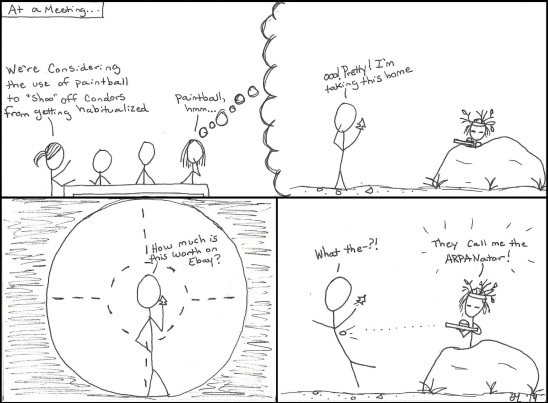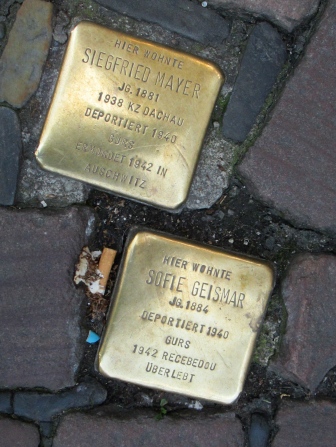There’s quite a bit of history that led up to the creation and implementation of the Antiquities Act, starting with the general interest of the American people in the past. While president of the American Philosophical Society, Thomas Jefferson asked the organization to record antiquities before such artifacts were lost to future generations. Examples of both government and civic preservation include the protection of ancient earthen mounds throughout the Midwest (Schroeder 2009:172). The Ohio Company designated ancient mounds and earthworks in Ohio as important public places for preservation. However, unlike modern legislation in cultural resource management, government intervention was minimal until the 19th century, when pressure was placed on the government by the concerned public over destroyed historic and prehistoric ruins.
By the mid-19th century, Americans were keen on historic preservation efforts. This effort was rooted in the need to preserve what civic leaders and middle-class professionals considered to be traditional American beliefs and cultural values. Groups like Sons of the American Revolution and Society for the Preservation of New England Antiquities hoped to create a sort of shrine to the past, idealizing of the nation’s founding fathers and influential sites from the American Revolution (Durel 1986:230). Historic houses, such as George Washington’s home of Mt. Vernon, provided a window into the past, demonstrating a need for continued preservation of historic places and a place presenting history to the public.
Three major exhibitions brought Native American antiquities to the forefront: the Columbian Historical Exposition of 1892 in Madrid, Spain, the World’s Columbian Exposition, also known as the Chicago World’s fair, of 1893 in Chicago and the 1904 Louisiana Purchase Exposition, also known as the St. Lous Worlds Fair, in St. Louis, Missouri. These exhibitions displayed the material remains of recently excavated regions of the American Southwest. The display of Indian antiquities romanticized the American west and generated a demand for Indian antiquities and art. Growing interest in archaeological materials led to looting of major sites in the American southwest such as the Mesa Verde Cliff dwellings in Colorado (Hutt et al. 1992:19). Railroad construction during the mid to late 19th century, allowed for the long-distance shipping of large fragile collections of archaeological remains—making it easier to send hundreds of thousands of artifacts across the united states.
Public concern with the destruction of antiquities and the growing professionalization of anthropology created a role for the government to step into. For example, in 1892, supporters of preservation sent congress petitions to protect and preserve Casa Grande, a prehistoric structure in southern Arizona. It became the first site to be protected by the feds. The need for federal legislation was brought to the forefront by archaeologist Edgar Lee Hewett. Knowing key members of Congress and professional societies, Hewett was appointed a member of the American Anthropological Association (AAA) to work towards creating antiquities legislation (Thompson 2000:236). Hewett’s work the AAA helped establish the language of the Antiquities of 1906 and the groundwork for future cultural resource management legislation.
President Theodore Roosevelt signed the Antiquities Act, on June 8, 1906, establishing a basic federal policy to protect and preserve cultural resources on public lands (Green 1998:123). The Antiquities Act created criminal sanctions to prosecute looters, the act allows the president to create historic scientific and national monuments, and the act established a permit system to examine and excavate archaeological sites on federal lands, meaning no work can be undertaken without a permit (Hutt et al. 1992:21). Consequently, the Antiquities Act protects “any historic or prehistoric ruin or monument, or any object of antiquity situated on lands owned or controlled by the Government of the United States” (United States Congress 1906:1).
Without the antiquities act, archaeologists wouldn’t have the current legislation that backs-up our work and the public wouldn’t have the amazing national monuments like Bears Ears in Utah. The antiquities act is a crucial piece of cultural resource legislation in the United States, which shouldn’t be overlooked, overshadowed by economic incentives, or overturned by those who do not understand the importance or preserving and protecting the past for future generations.
Links:
-If you are interested in my cited sources, you can find the associated book on Google. Feel free to message me if you would like the full reference or suggestions on further reading.
-NPS: https://www.nps.gov/archeology/tools/laws/antact.htm
-Legislation: https://www.nps.gov/history/local-law/anti1906.htm








